
Hey, do you love Nature?
Observing and learning about nature is fun and can help to protect our environment. In the NatureSpots App, you can put up all kinds of nature sightings - from species to habitats. Join up and help to build a biodiversity data set and share your photos!
Create your account or download the NatureSpots App for your Smartphone now to join the community!

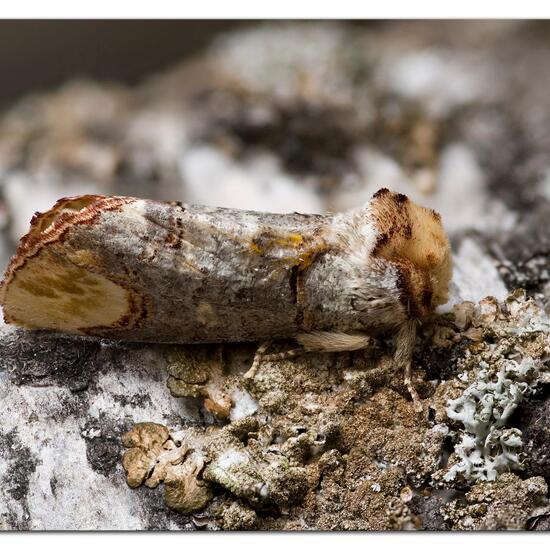 "Skinner trap. This is one of my favorites" by Danny VG: Animal in a Garden environment on 04.07.2020 in the Nature Spots App. #naturespots #Animal #Garden
"Skinner trap. This is one of my favorites" by Danny VG: Animal in a Garden environment on 04.07.2020 in the Nature Spots App. #naturespots #Animal #Garden
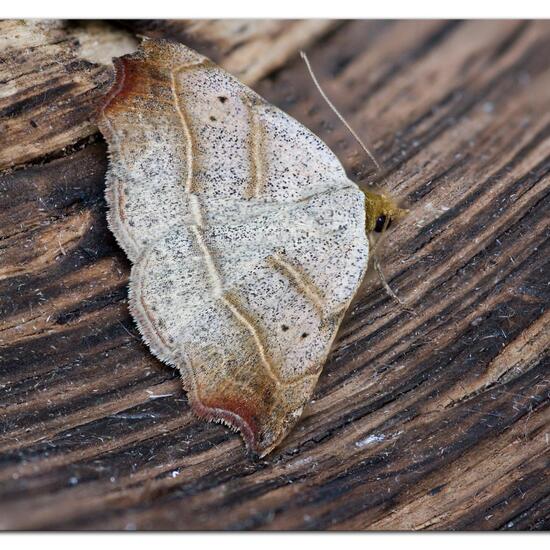 "Skinner trap. Er zijn er mooiere maar deze mag er ook wezen." by Danny VG: Animal in a Garden environment on 07.06.2020 in the Nature Spots App. #naturespots #Animal #Garden
"Skinner trap. Er zijn er mooiere maar deze mag er ook wezen." by Danny VG: Animal in a Garden environment on 07.06.2020 in the Nature Spots App. #naturespots #Animal #Garden
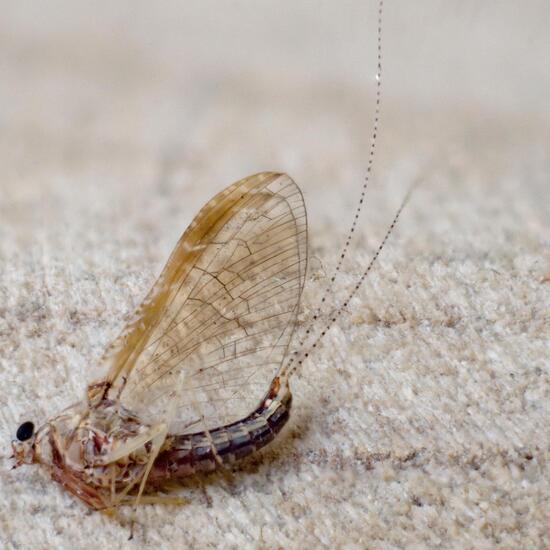 "Skinner trap" by Danny VG: Animal in a Garden environment on 02.06.2020 in the Nature Spots App. #naturespots #Animal #Garden
"Skinner trap" by Danny VG: Animal in a Garden environment on 02.06.2020 in the Nature Spots App. #naturespots #Animal #Garden
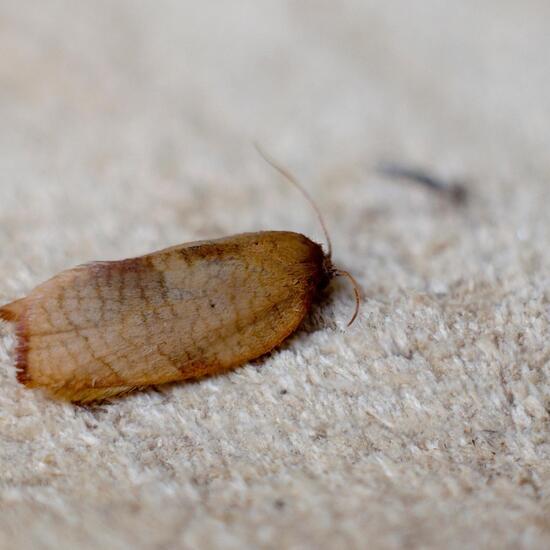 by Danny VG: Animal in a Garden environment on 02.06.2020 in the Nature Spots App. #naturespots #Animal #Garden
by Danny VG: Animal in a Garden environment on 02.06.2020 in the Nature Spots App. #naturespots #Animal #Garden
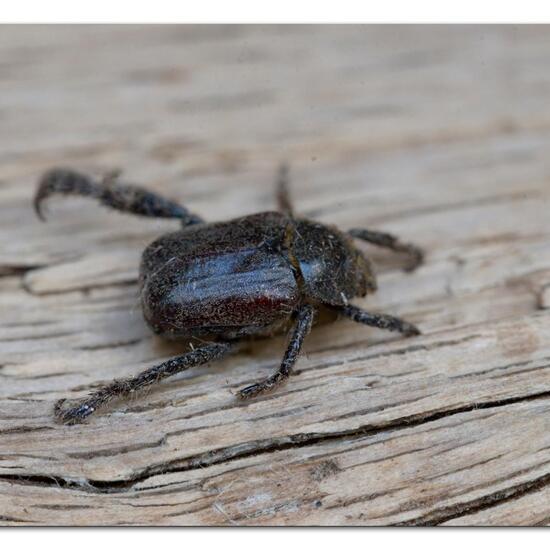 by Danny VG: Animal in a Garden environment on 04.06.2020 in the Nature Spots App. #naturespots #Animal #Garden
by Danny VG: Animal in a Garden environment on 04.06.2020 in the Nature Spots App. #naturespots #Animal #Garden
 by Danny VG: Animal in a Garden environment on 24.05.2020 in the Nature Spots App. #naturespots #Animal #Garden
by Danny VG: Animal in a Garden environment on 24.05.2020 in the Nature Spots App. #naturespots #Animal #Garden
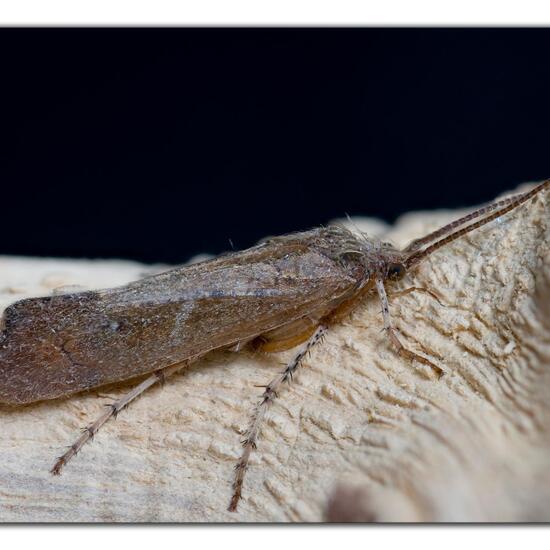 "UV 20watt skinnertrap." by Danny VG: Animal in a Garden environment on 24.05.2020 in the Nature Spots App. #naturespots #Animal #Garden
"UV 20watt skinnertrap." by Danny VG: Animal in a Garden environment on 24.05.2020 in the Nature Spots App. #naturespots #Animal #Garden
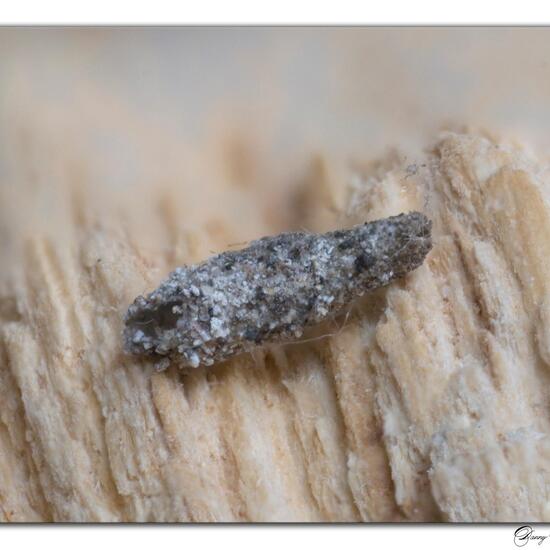 "Dahlica triquetrella is a bagworm moth of the Psychidae family. It is found in Europe and North America.
The wingspan is 9–13 mm for males. Females are wingless. Though winged males occur in some sites in Europe, only the parthenogenetic wingless female form of Dahlica triquetrella has been recorded in Britain. The adult lives a very short time.
The larvae feed on lichen and algae on trunks, rocks and old walls. This diet has to be supplemented by dead insects for development to be successful. The larva is active as the snow melts in Europe." by Danny VG: Animal on 26.05.2020 in the Nature Spots App. #naturespots #Animal
"Dahlica triquetrella is a bagworm moth of the Psychidae family. It is found in Europe and North America.
The wingspan is 9–13 mm for males. Females are wingless. Though winged males occur in some sites in Europe, only the parthenogenetic wingless female form of Dahlica triquetrella has been recorded in Britain. The adult lives a very short time.
The larvae feed on lichen and algae on trunks, rocks and old walls. This diet has to be supplemented by dead insects for development to be successful. The larva is active as the snow melts in Europe." by Danny VG: Animal on 26.05.2020 in the Nature Spots App. #naturespots #Animal
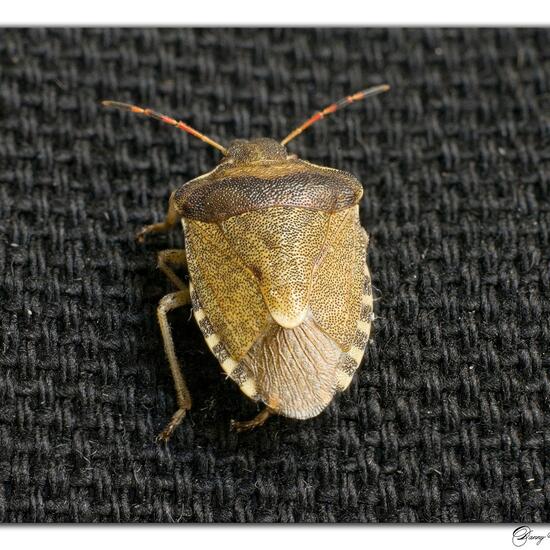 by Danny VG: Animal in a Garden environment on 20.05.2020 in the Nature Spots App. #naturespots #Animal #Garden
by Danny VG: Animal in a Garden environment on 20.05.2020 in the Nature Spots App. #naturespots #Animal #Garden
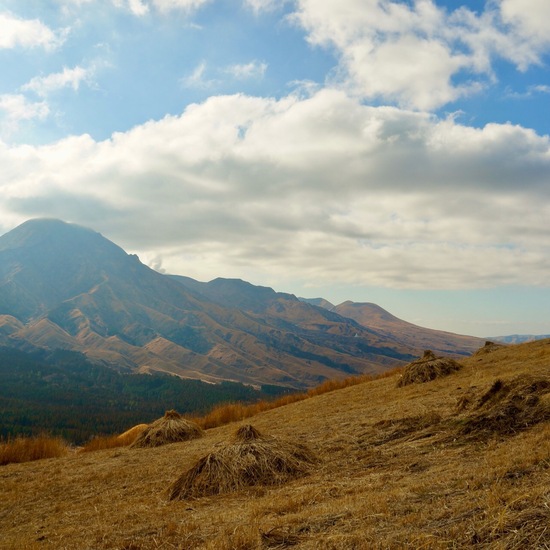 by Joha Wilhelm: Plant on 29.01.2021 in the Nature Spots App. #naturespots #Plant
by Joha Wilhelm: Plant on 29.01.2021 in the Nature Spots App. #naturespots #Plant